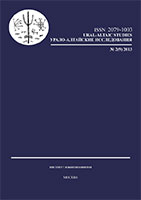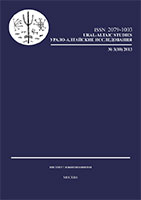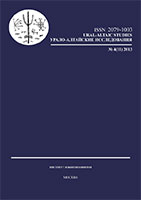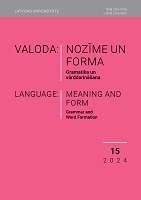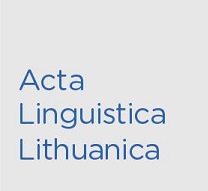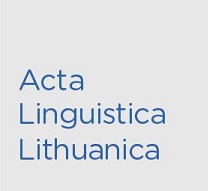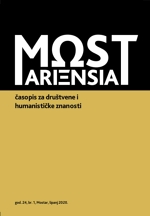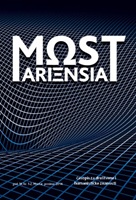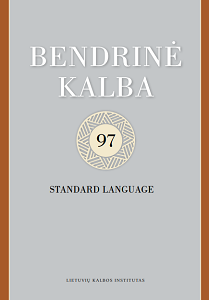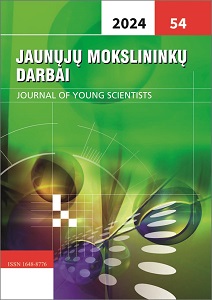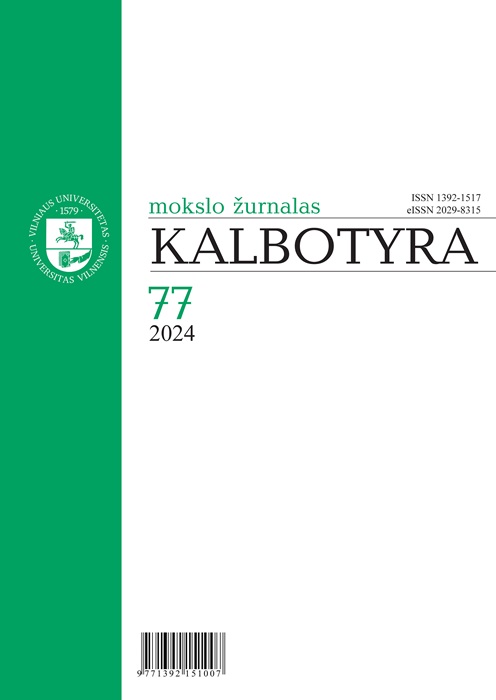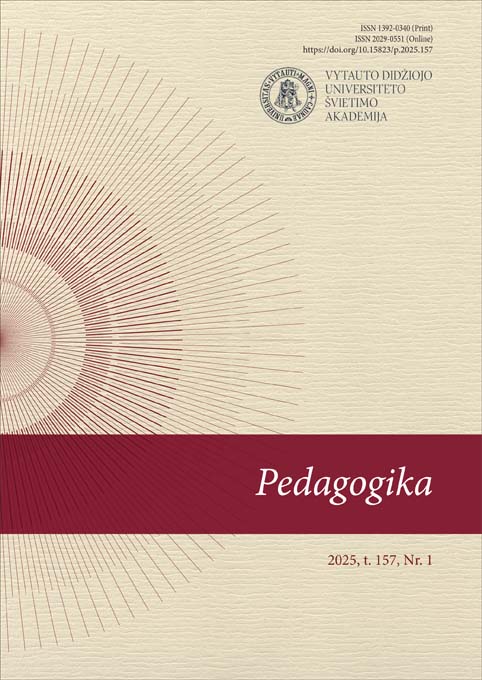Author(s): Mariam Koberidze / Language(s): Georgian
Issue: 8/2024
In a scientific work, based on texts published in Kartluri and the latest recorded materials, positional varieties of the second subjective and third indirect objiective person sings of the verb are studied. Attention is drawn to the variety of allomorphs of person signs and identical phenomena in other dialects. Some of the signs of the person are similar to the literary language (kh-, s-, h-, 0- ), while the other part is presented in phonetic (hs-, hsh-, io-, ios-, ioh-, z-, sh- … )variety and is different depending on the angles. In Western Kartlur, under the influence of the Imer dialect, prefixes h- and s- are often lost before consonants, while in Northern, Samkhru and Shida Kartlur they are often found, but there is no certain rule in their use. As a result of the weakening of the s-prefix, we get ჲ (,,io”). This sound is not equally widespread in the speech of all parts of Kartli, although we find all its cases, which is confirmed in Kakhuri, Mthiuluri, Pshauri, Ingilour and Fereidinul... ჲh- (‘ioh’, ჲs- (‘ios’), hs-, hsh- double prefix is found in the Kaspi municipality and in the valleys of Aten and Tsedis, it appears relatively less often in the valley of Big and Little Liakhvi, it is almost not found in the nearby villages of Tskhinvali (Kurta, Kekhvi, Kemert, Achabet...), while The speech of the Fron Valley is a transition zone between Shida Kartlar and Western Kartlar. These prefixes are sometimes used in the same verb: hshchams // hschams ←scams (‘eats’); mihsdevs ← misdevs (‘follows’); moჲsts’q’vit’a ← mosts’q’vit’a (‘stopped’); gaჲhkra → gahkra (‘hit’). The conclusions obtained as a result of the research are important for the analysis of the key issues of Georgian dialectology and the structure and history of the Georgian language.
More...
